Introducing Erica Taylor, Valley Vision’s New Board Chair
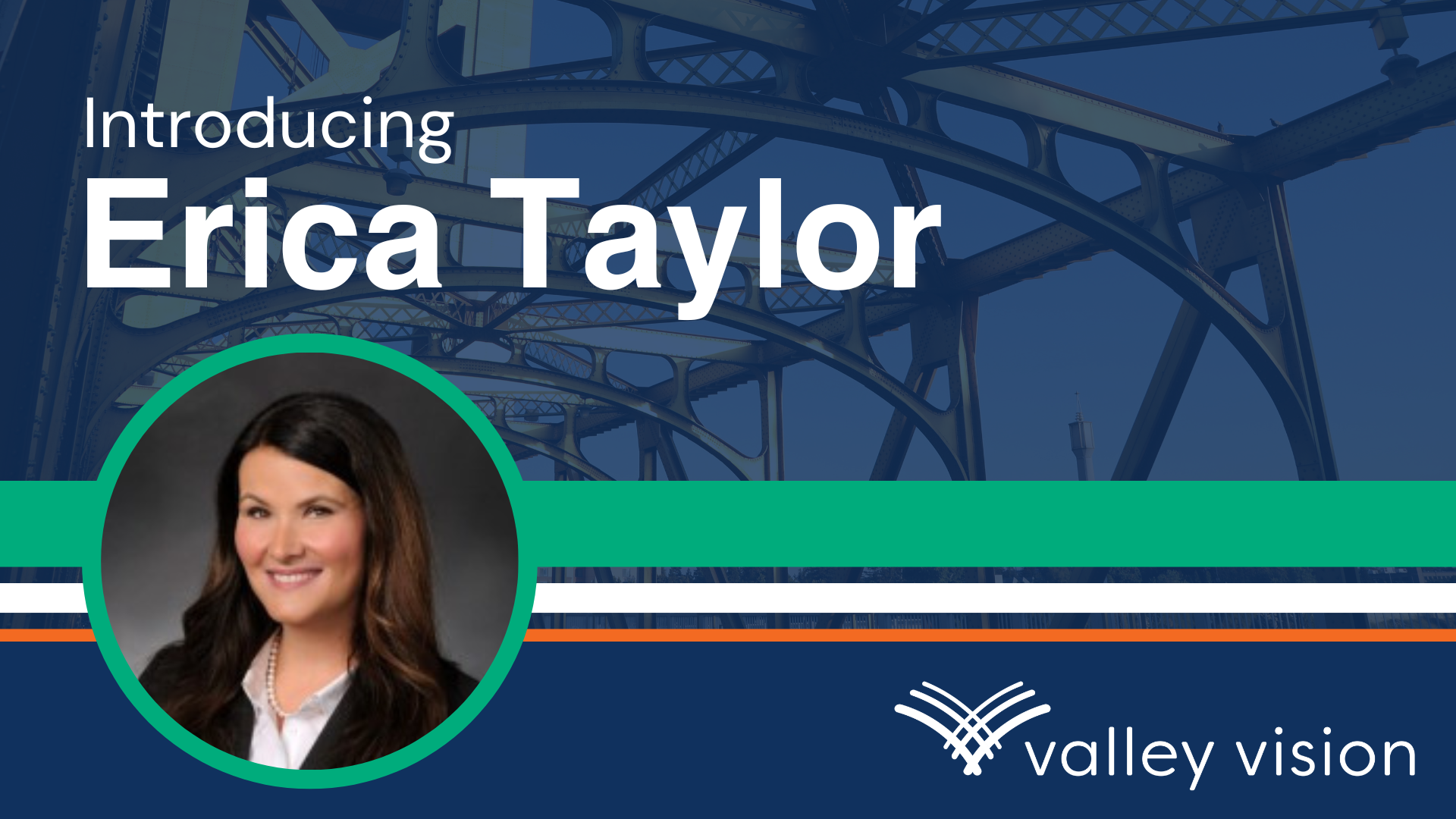
Erica Taylor, Golden 1 Credit Union’s Vice President of Communications & Community Relations and the newly-appointed Valley Vision Board Chair, introduces herself and talks about her hopes for the organization in this exclusive Q&A.
Q: Can you briefly describe who you are, your background, and what led you to where you are now?
A: I serve as the Vice President of Communications and Community Relations at Golden 1 Credit Union. I’m going on my eighth year here, and I’ve lived in Sacramento for about 20 years. I’ve done similar work my entire time here as far as community relations, communications, and marketing-type roles, and I love it.
I grew up in Redding. I lived here very briefly as a child, so at least I was familiar with my I-99 and my I-5 versus my I-80 and my I-50. I was ahead of the game when we moved here, and it has absolutely become home. Both of my daughters were born here. My husband’s from Los Angeles and he likes it here. It’s not as sleepy as Redding, but not as busy as L.A., so Sacramento is just the best for us.
Q: What inspired you to want to come on to the board & what made you want to come onto leadership?
A: I’ve been on Valley Vision’s Board of Directors for five years now. With COVID, it feels like a lifetime ago. I would say I was inspired to join the Valley Vision board because of the organization itself. In my role, I was familiar with Valley Vision through the different kinds of work they’ve done in the community.
I always thought that they presented thoughtful ideas without an agenda. I always appreciated the independent thought that came from Valley Vision.
I wanted to come onto leadership because I think the organization is full of dedicated, smart people who are onto something to make this community better, and I wanted to be a part of that.
Q: What is a critical takeaway you learned from serving on Valley Vision’s board?
A: A critical takeaway I learned from serving on the board is that there are very thoughtful and bright people who are dedicated to making this region the very best it can be. The past couple of years have been really, really rough on all of us. The pandemic, the economy, the political kind of world we live in now—it’s different, and not the great type of different at times.
But I will tell you, each and every board meeting is filled with thoughtful conversations, filled with people who truly care. And it convinces me that we can do this. We can make things better. So, I’m always inspired. I always learn something new and it’s just a pleasure to work with everyone connected to Valley Vision, from the board to the staff.
Q: Bonus question! Do you have any recommendations for your favorite food and/or activities around Sacramento?
A: Favorite food or activity around Sacramento? Well, as a representative of Golden 1 Credit Union, I would be remiss if I did not mention the gem of a venue that we have downtown. I know it means something different to someone who works there, but it’s just very exciting to support all of the sporting events, concerts, and other fun things that pop up.
Beyond that, this is the best place on the planet to live for various other reasons. Growing up in Redding, I could be at a national park in 90 minutes. I could be at our little local ski hill in 50 minutes. I could be at a lake swimming or house-boating or skiing in half an hour. It was so great, and Sacramento is very much like that. It really has all the amenities of a bigger city, but recreation is just a heartbeat away. We are so fortunate for that.
As far as food—I can’t even narrow it down! There is such great food here, and I can’t pick one favorite.
Q: As Board Chair, what are your hopes for Valley Vision?
A:
My hope as Board Chair is to help us strengthen our efforts to lead positive change for our region in whatever way we can.
The future’s uncertain, but I still think it’s bright. And I still think this is the very best place on the planet to live. It’s the very best place to raise my family, and I can’t wait to see what’s next.
Maybe the best is yet to come.
Seven Leaders Join Valley Vision Board in 2021
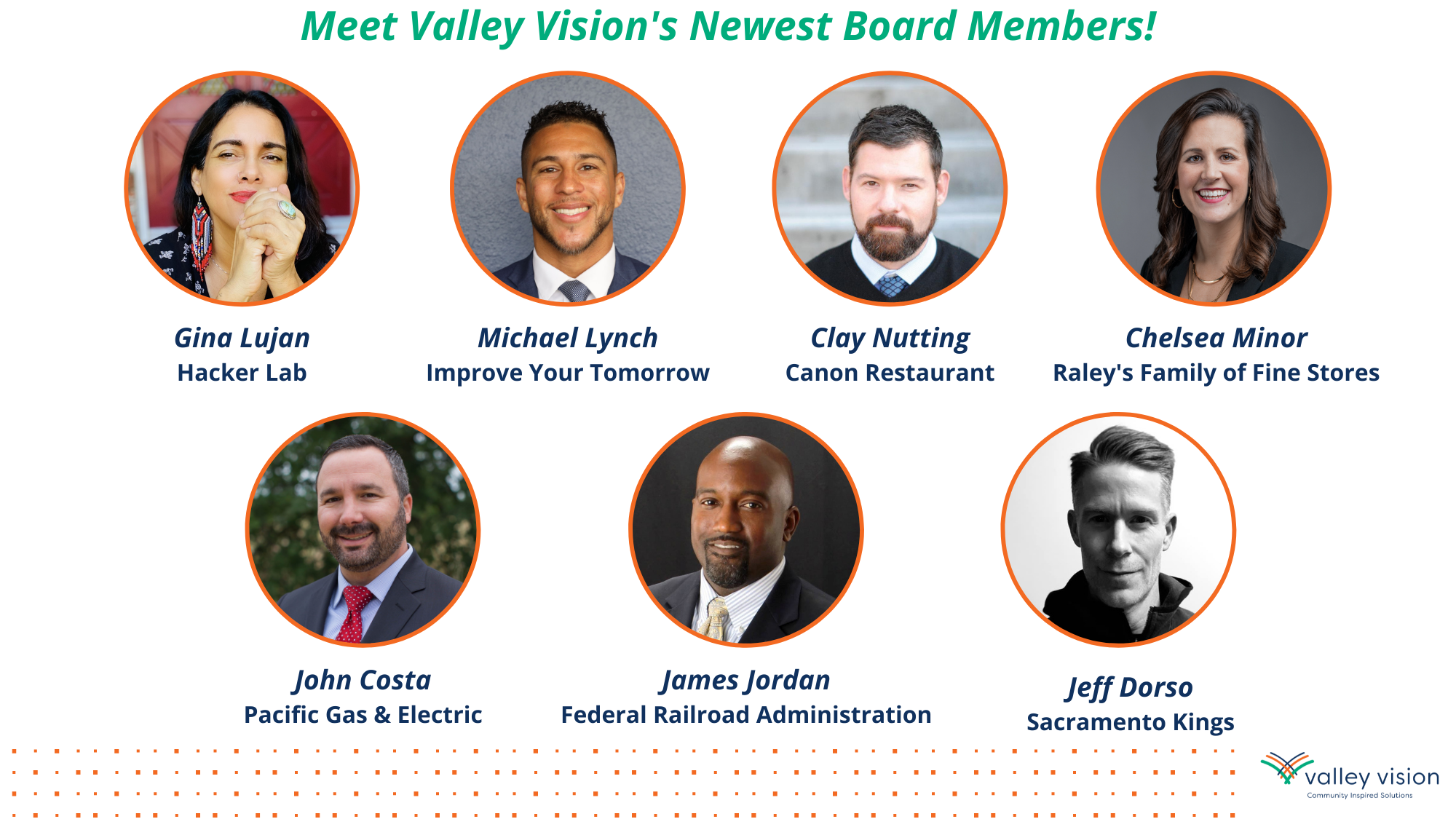
I am thrilled to share the news that seven truly outstanding local leaders have joined our organization’s Board of Directors in recent months, each who uniquely compliments Valley Vision’s core focus areas of workforce, innovation, food systems, civic engagement, and healthy communities. These individuals join an already impressive slate of directors who are committed to helping build a better future for our region.
Valley Vision is a unique organization with a special purpose: to make our communities the most livable in the nation. That’s why our board is composed of a diverse set of dynamic leaders who rely on Valley Vision’s independent research to identify current and future opportunities and to help solve complicated issues affecting quality of life through regional action. Their priority is to place the region’s future first and I am pleased to introduce you to them.

Meet Valley Vision’s 2021 slate of board members:
Chelsea Minor is Corporate Director of Public Affairs for Raley’s, an innovative, regional, family-owned grocery chain with stores founded and headquartered in Sacramento that operates stores across Northern California and Nevada. Chelsea is Raley’s lead spokesperson and oversees the company’s public affairs and brand reputation strategies. Her breadth of knowledge and industry connections will be instrumental in guiding Valley Vision’s important work in the food system space.
Clay Nutting is the owner and operator of Canon, among only a small handful of local restaurants recognized last year in California’s Michelin Guide. Clay co-founded a grassroots effort called Family Meal at the onset of the pandemic, which involved over two-dozen local and independent restaurants that provided over 250,000 meals to vulnerable residents across Sacramento County. His efforts in the community centered on food insecurity are tightly aligned with Valley Vision’s food insecurity and food equity strategies.
Gina Lujan is a social entrepreneur with 28 years of experience focused on building community, business development, innovation, strategy, and economic development. She co-founded Sacramento’s Hacker Lab in 2012, one of the city’s first local maker and coworking spaces that supports innovation through community-driven education and maintains a commitment to tangible access for all. Gina’s energetic entrepreneurial spirit and passion for education, opportunity, and advancement within underserved communities gives Valley Vision’s board a means for broader conversations and planning for strategies that support vulnerable populations.
James Jordan is a seasoned public service leader with a career in the transportation industry that spans over 25 years. He currently serves in the Federal Railroad Administration as Railroad Administrator and is responsible for the safety and operational oversight for every commuter railway located west of the Mississippi River. As an integral leader in the FRA, James works with the US Department of Transportation to promote and enforce safety throughout the U.S., including the rehabilitation of rail passenger services, supporting research and development, and advancing transportation for passengers and the general public. James’ boundary-breaking leadership at the FRA as well as his long-term commitment to the Sacramento region will support Valley Vision’s mission of equity, prosperity, and sustainability.
Jeff Dorso is the Senior Vice President and General Counsel for the Sacramento Kings, overseeing all legal and real estate development-related matters for the Sacramento Kings and its related companies, including the LEED Platinum Golden 1 Center, all real estate and media holdings, Sacramento Kings Guard (the NBA 2K eSports team), the Sacramento Kings Foundation, and the Stockton Kings (the NBA G League team). Jeff’s leadership in shaping development in Sacramento as well as his action-oriented mindset will help push Valley Vision towards effective and responsive action that supports the prosperity of our region.
John Costa, Senior Manager of Government Relations & Local Public Affairs for Pacific Gas & Electric (PG&E) Company in Northern California, works with community leaders and organizations throughout California, supporting PG&E lines of business and overseeing the day-to-day operations of various projects and company initiatives. John’s long history of engagement with government agencies and community based organizations as well as his commitment to healthy and sustainable communities will help Valley Vision support clean and sustainable communities for our region.
Michael Lynch, Co-Founder and Chief Executive Officer of Improve Your Tomorrow, is a social entrepreneur and certified professional fundraiser. As Valley Vision continues to seek workforce development solutions that answer a growing inequity gap across our most vulnerable communities, Michael’s work to improve academic outcomes for “at-promise” young people and transform systems that have historically failed communities of color will be especially valuable.
To keep up with Valley Vision’s work to advance livability in the Sacramento region, subscribe to our Vantage Point email newsletter!
Evan Schmidt is Valley Vision’s Chief Executive Officer.
Insights on COVID-19 from the Valley Vision Board of Directors
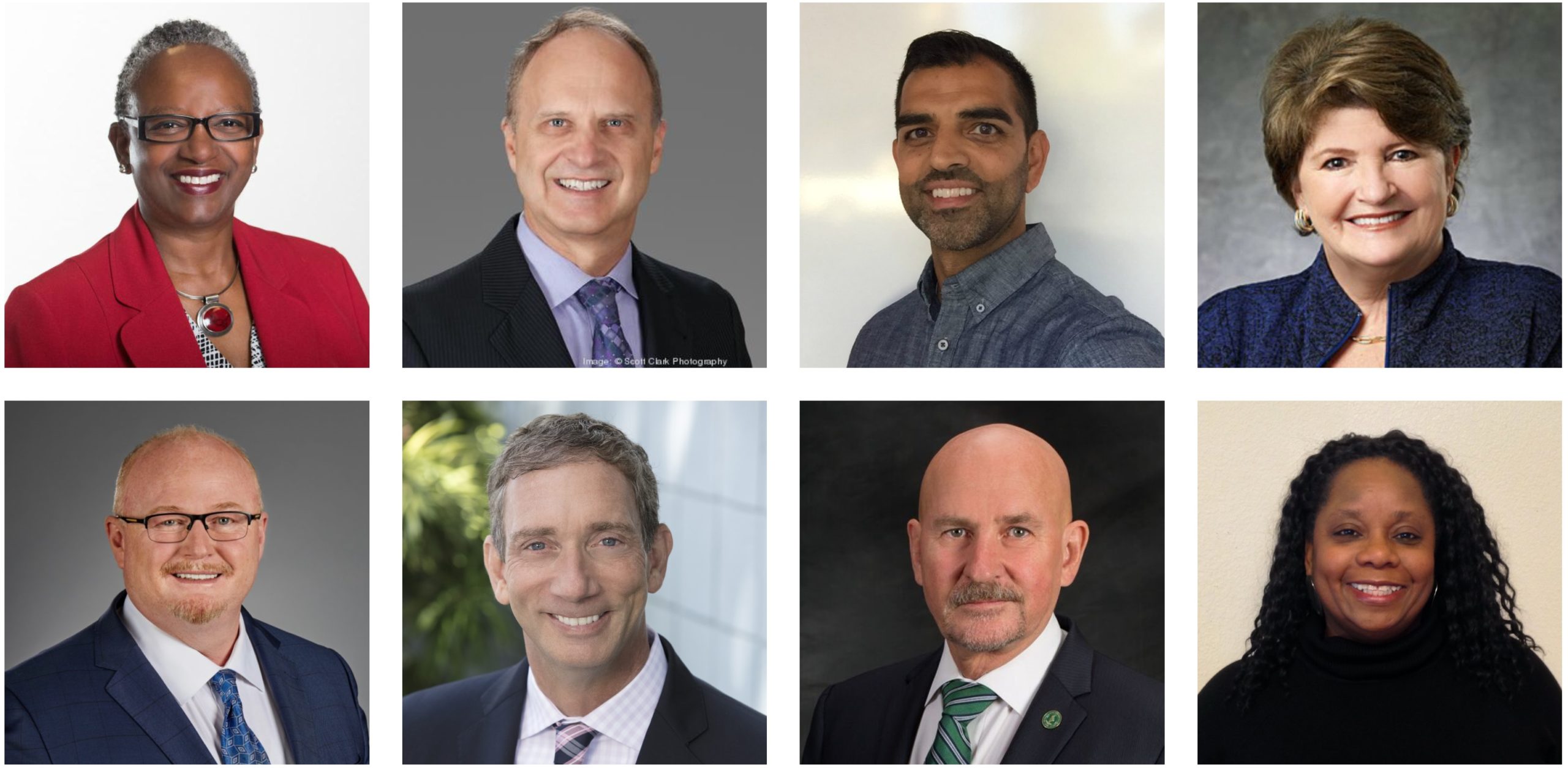
Life in the Capital Region has, like everywhere else, been fundamentally altered by the COVID-19 pandemic. In the midst of our work to address the challenges of today, we are all also trying to anticipate what our economy, our communities, and our overall wellbeing will look like when the crisis point passes and we shift toward recovery.
But data-driven answers to those important questions are hard to find right now, because this is all both so recent and swiftly-developing, and also so encompassing of, frankly, everything. So in place of data, we turned this week to sources of deep experience – members of Valley Vision’s Board of Directors. Their insight and expertise helps us grapple with the perplexity and uncertainty before us.
We hope you’ll find it a useful and informative step along the road to creating, together, answers to what have become our region’s most critical questions.
-Meg Arnold, Interim CEO
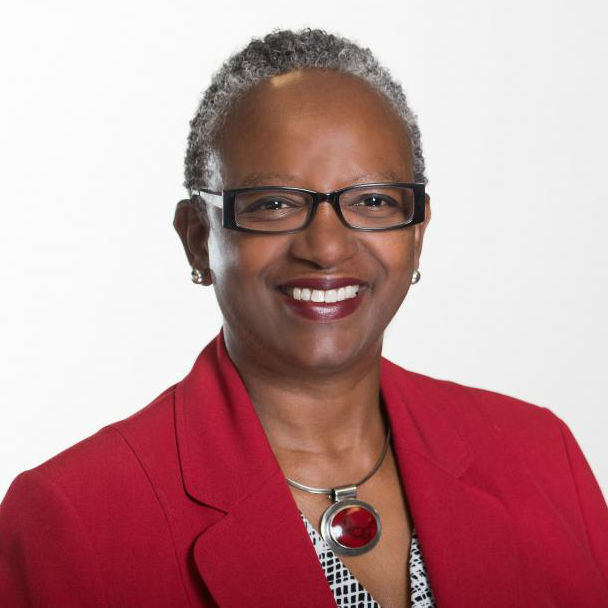
Stephanie Bray
United Way California Capital Region
Question: How do you see COVID-19 impacting vulnerable communities? In what ways is the region stepping up to meet their needs? What are the ways we could improve?
We are seeing huge impacts on our communities’ most vulnerable populations, with both our food system and economy under tremendous stress. School closures have further revealed food access barriers and challenges as many students rely on school meals. Additionally, many families are struggling to pay their bills, purchase medications, and meet their basic needs.
The California Capital Region United Way is stepping up in multiple ways, including working with our nonprofit partners to deploy direct assistance to families and partnering in the local Donate4Sacramento campaign along with our own relief fund to provide childcare, meals, rental assistance and other essential resources for families whose lives have been disrupted by the COVID-19 outbreak. This fund provides a direct payment of $500 for families to utilize however needed with opportunities to connect to peers experiencing similar struggles on a national online platform called UpTogether, a program developed by the Family Independence Initiative based in Oakland, CA.
As the community responds quickly to the crisis, we are seeing nonprofits band together and funders stepping up to meet our community’s needs. Although food access barriers have been issues for our community for some time, this crisis has demonstrated our ability to act and effect change that should empower and encourage us to address long standing systemic issues after this pandemic ends.
As discussed with Yzabelle Dela Cruz, Project Associate
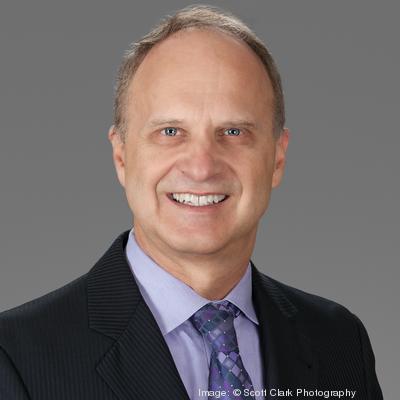
Dave Cheney
Sutter Medical Center, Sacramento
Question: How do you think health systems might evolve as a result of COVID-19? What are the opportunities? What are the challenges?
The broad answer is that no one really knows yet, because the COVID-19 pandemic is not even close to being over.
However, as things are evolving, there are certain indicators that we see now that will probably change for the better that we will not revert back to as we did before coronavirus. The biggest is the use of Telehealth. Healthcare professionals have been trying to promote telehealth in the United States for years, but we have been met with minimal buy-in from the government on account of payers and commercial payer’s coverage.; the argument for telehealth hasn’t really held. Since COVID-19, we have seen greater receptiveness to telehealth through reimbursement policies, and the practices or use of telehealth – especially in our rural areas, and for our patients practicing social distancing where they either prefer not to, or simply cannot physically visit their doctor’s office to seek care. With the advent of the COVID-19 we have been able to create a robust telehealth program. So I don’t think when COVID-19 is over, we will revert back to where we were pre-telehealth. I don’t see that happening. The value is clearly present. Patients love it, physicians love it, healthcare providers in general absolutely love it.
An additional opportunity that we have learned from COVID-19 is assessing how we plan for large scale epidemics. We need to assess how we stock and store personal protective equipment (PPE), and how we secure medical equipment, such as ventilators. We are learning a wealth of knowledge and best practices occurring globally, but when the appropriate time presents itself, we will have an opportunity to revisit our big picture planning, and learn from our efforts of what it is that we can do to improve at the local, county, state, and federal level so as to better prepare for the next crisis. To that point, the access to available PPE has been our greatest challenge. We are anticipating an influx of patients in the weeks to come, and we are trying to ensure that we have the equipment to protect our caregivers in the hospital; from our healthcare providers to everyone that supports healthcare providers. The advantage of an integrated network such as ours is that we can move the resources across our various locations to support the medical equipment and staffing resources from one location to another. We are constantly moving equipment and supplies around the system to make sure everyone at our hospitals have the tools and resources they need to take care of our patients.
I would like to express my deep gratitude to our caregivers, our doctors, our nurses, our housekeepers, our research teams, and everyone working together in this fight. You are our true heroes. Nothing is possible without the knowledge, compassion, and bravery you have all demonstrated over recent weeks. Thank God for them. As a community we thank you for putting your lives at risk for us, daily.
What can we do to support our hospitals in these times?
- Stay home
- Practice social distancing
- Wash your hands
- Take care of yourself physically, emotionally and spiritually
As discussed with Sonia Dueñas, Project Associate
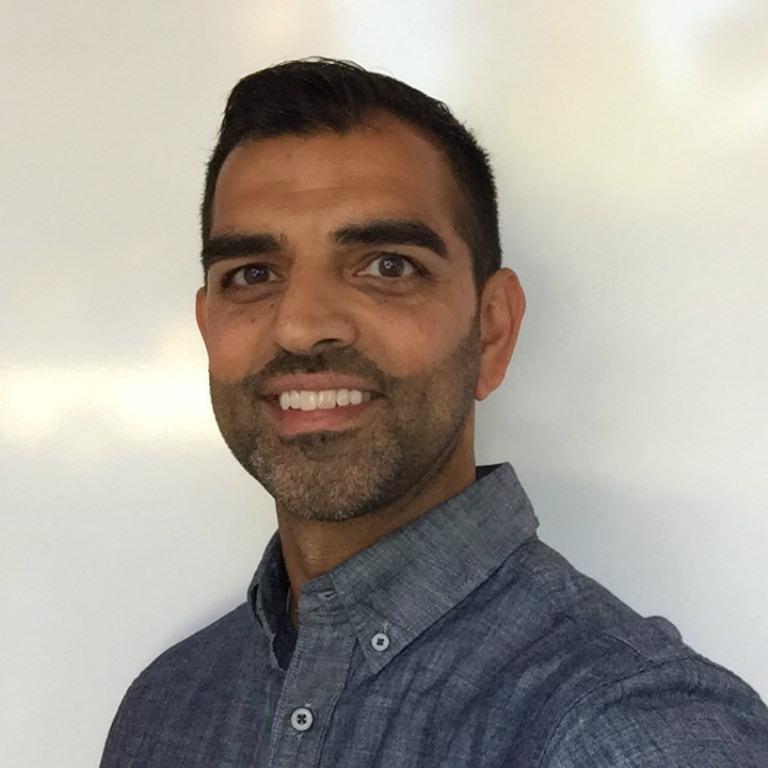
George Claire
The Shop @ VSP Global
Question: You are known as a design thinker. How will design thinking be able to help us in the recovery?
I think we can all agree that on in the wake of C-19, the world will emerge different than it was before. The impact of this episode on our lives will be felt for a while, and businesses both small and large will most definitely be reevaluating many aspects of their operations and questioning how to proceed from here. But when you take a closer look at this, it’s happened before; maybe not this suddenly, but it has happened. Uber disrupted the taxi business, and Redbox and Netflix pushed Blockbuster out of the industry. Granted, C-19 has come on suddenly and has forced businesses to very quickly and unexpectedly reexamine themselves. But this is exactly where design thinking can help businesses reimagine and reinvent themselves.
As a Design Thinker, I often ask a hypothetical question during my sessions—whether the audience is a client I’m consulting for or they’re internal within my own organization—and that is, “If it all burned down, would you rebuild it the same way?” But it’s no longer hypothetical; it’s real, and most everyone within every organization is strategizing and wondering how they’re going to get back on their feet. Where do we go from here and how? Design thinking, when paired with other business tools, offers a methodology that helps one understand what their real challenge is and why—so they’re focused on the right problem, not what they believe the problem to be—and how to go about addressing that challenge while making sure they’re utilizing and allocating their resources in the most effective way.
Design thinking is about meeting needs—real, inherent needs—and enhancing experiences. And the first step to getting there is asking one of the most important and powerful questions anyone can ask: “Why?”. Asking why all along is vital so that one not only learns and reaches an understanding of what’s at the root cause of the stated need but also the context and importance of why that root cause exists. Equally as significant as asking why, however, is to listen to the end user’s responses from a place of empathy. Understanding the problem and need from the end user’s perspective is absolutely necessary; this is ultimately who you are designing for, and they should be at the center of your design universe.
If, as a business, you’re providing a service or producing a product and you have failed to understand or address your customer’s real challenge, you’ll probably find yourself designing a solution which is now in search of a problem. And that can be costly. If you’re lucky, you will not have spent too many resources before you figure this out. But I think we can all admit that we’ve been a part of a project or some initiative that kicks off with a solution in mind rather than beginning with research to discover the real challenge. Other factors leading to poorly designed solutions include failing to place the end-user at the center of our design universe, not really listening to their needs, and being so in love with the solution (idea) we came up with that we do everything we can to try and force it to succeed.
The design thinking methodology provides a means for us to keep ourselves really honest and, as a result, makes sure we apply our resources (people, time, money) to solving the right challenges. And if not, design thinking ensures that we learn this early enough that it can be addressed. But design thinking is a culture shift, and that’s one of the hardest things—if not the hardest thing—to change within an organization. In its simplest form, design thinking is build, measure, learn. Then you iterate, pivot, and repeat. And you do so with the end user engaged with your project from beginning to end. If you do this, then yes, design thinking can certainly help us recover on the other side of C-19. But are people willing to embrace and trust the methodology? I can’t think of a single person the C-19 event hasn’t impacted to some extent, so my hope is that many will take a closer look at this opportunity—because that’s what it is—and ask themselves, “Now that C-19’s over, do I rebuild the same way?”. This is where design thinking can help you to reinvent and redesign your business—to use this as a turning point and come out of this pandemic stronger than you went in.
As discussed with Grace Kaufman, Project Manager
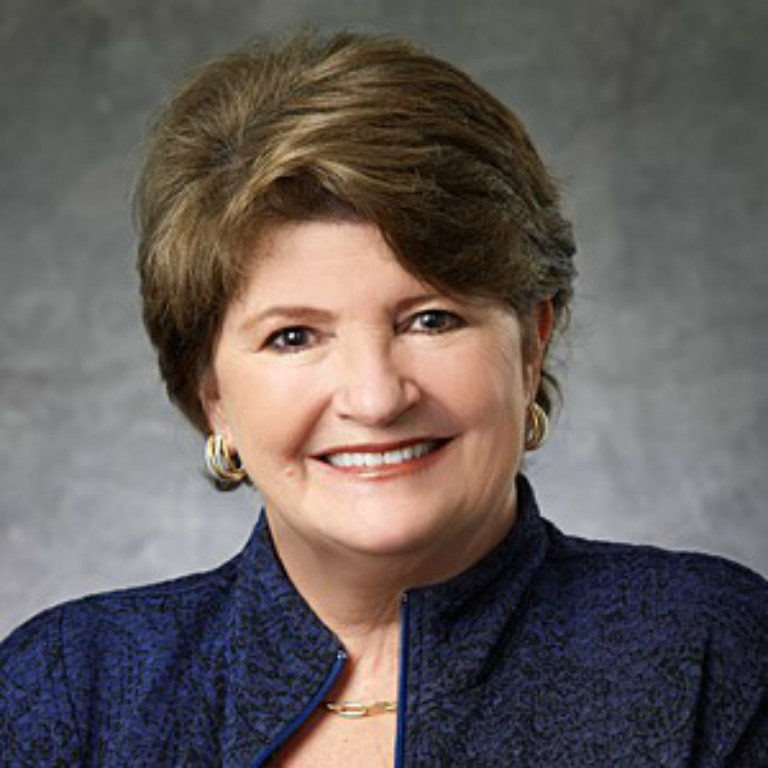
Linda Cutler
Sacramento Region Community Foundation
Question: How are you seeing community organizations adapt to new ways of delivering services right now?
The Sacramento Region Community Foundation is uniquely positioned to respond to local emergencies. The Foundation has always enabled philanthropists to support the issues they care about, but is now taking urgent action to serve area nonprofits in light of the COVID-19 pandemic.
All community-serving organizations in the region are being affected by the COVID-19 pandemic. Some organizations providing services have shifted to doing so remotely, but many others lack this infrastructure. Further, many clients are unable to access these services whether remote or not – between the shelter in place order and the lack of Internet access among many of our most vulnerable community members. Non direct-service organizations are simply looking to stay afloat. In all cases, ongoing communication between nonprofits and their constituents is critical.
To assist nonprofits with service delivery and emergency resources, the Foundation has activated the Sacramento Region Disaster Relief Fund, which has been seeded with an initial investment and grown with the support of fundholders, individual donors, and other regional partners.
Question: What sorts of support are nonprofits asking for in applying for Disaster Relief Funds?
The Sacramento Region Disaster Relief Fund is intended to rapidly deploy funding to address the many challenges that local nonprofits are encountering due to the virus. Because of the focus on swift deployment, we made the application very simple to complete and submit.
We are finding that many applicants need to ensure that staff stay employed, and many others need help in amplifying their service delivery activities and adjusting to new public health mandates and best practices. For example, our funding can help set up remote infrastructure that allows nonprofits to continue their work – funding for Zoom licenses is an example of a request that we’ve received. Among direct service providers, the food banks and their partners across the region are doing a tremendous job of filling that gap. From food delivery directly to seniors to school districts feeding children, so many food system leaders are stepping up to help our most vulnerable right now.
The cancellations of Spring and Summer fundraising events and campaigns is causing a deep disruption in revenue for nonprofits of all types. As such, we are also seeing applicants seek funding simply to stay afloat in this uncertain time.
Question: Looking ahead, what opportunities do you see to strengthen or change our systems?
The COVID-19 pandemic is going to change the way that society operates in the long-term. What is clear is that we need to invest in alternative ways of supporting our most vulnerable and each other.
We are all acting with urgency right now to ensure that basic needs are met, but looking to the future, COVID-19 will reinforce the value of having reserves when challenges like these arise. As part of the Foundation’s capacity-building efforts, we help nonprofits plan for sustainability. In the future, we need to focus on ensuring that there is investment in replenishing or establishing those reserve funds.
The effects of the COVID-19 pandemic are still being understood, but the Foundation is learning from this painful lesson in its work to build a resilient future.
As discussed with Adrian Rehn, Project Leader
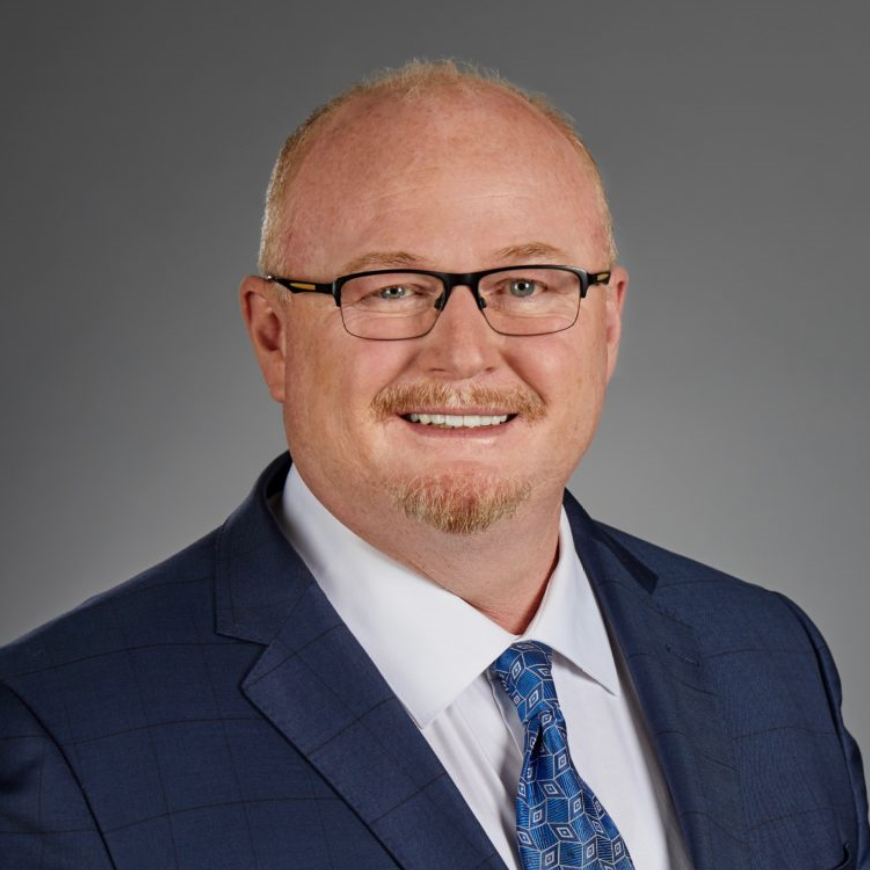
Earnie Franklin
VSP Global
Question: Like others, your firm moved the majority of your workforce to a remote basis really quickly. What are some of the takeaways you’re seeing after the first three weeks of this new way of working?
At VSP Global, we provided our leadership team with tools to manage remotely and our employees with tools to collaborate remotely. We embraced Microsoft Teams as our primary collaboration tool.
During the past few weeks, there are three things I know for sure:
Business Continuity Plans are critical: Having Business Continuity Plans is what enabled us to transition to a remote workforce so quickly. Thankfully, it isn’t often that we get a real-world opportunity to review these plans. Now is the ideal time to critically evaluate and revise them with newfound knowledge.
Creativity is needed: It has been inspiring to see how employees are rising to the challenges our members, doctors, clients, brokers, and partners are facing — just like they always do during crises and natural disasters. In the past two weeks, I’m proud to share that VSP Global has:
- Expanded essential medical eyecare services to 57 million members during the month of April to reduce the impact on hospitals and other medical facilities.
- Extended telehealth functionality to doctors, ensuring VSP patients can receive critical eyecare.
- Begun beta testing telehealth functionality that allows patients to visit with their doctors via their iPhone or Android devices.
Leading with kindness is essential: The situation in which we find ourselves is unusual, and the reactions of those with whom we’re virtually interacting might seem surprising as well. Since emails and texts don’t convey context or emotion, we remind our employees to take a moment to remember their interactions with people before the pandemic. Don’t make assumptions. Ask questions or ask for clarification if something doesn’t seem right.
Above all else, now is the time to be gentle with ourselves and with others. In that vein, we provide lots of resources online like remote fitness challenges and meditation groups to help our employees maintain their physical and mental health.
As COVID-19 has impacted everyone across the globe, we remain focused on ensuring our employees’ safety and well-being while supporting our valued stakeholders.
As discussed with Emma Koefoed, Project Manager
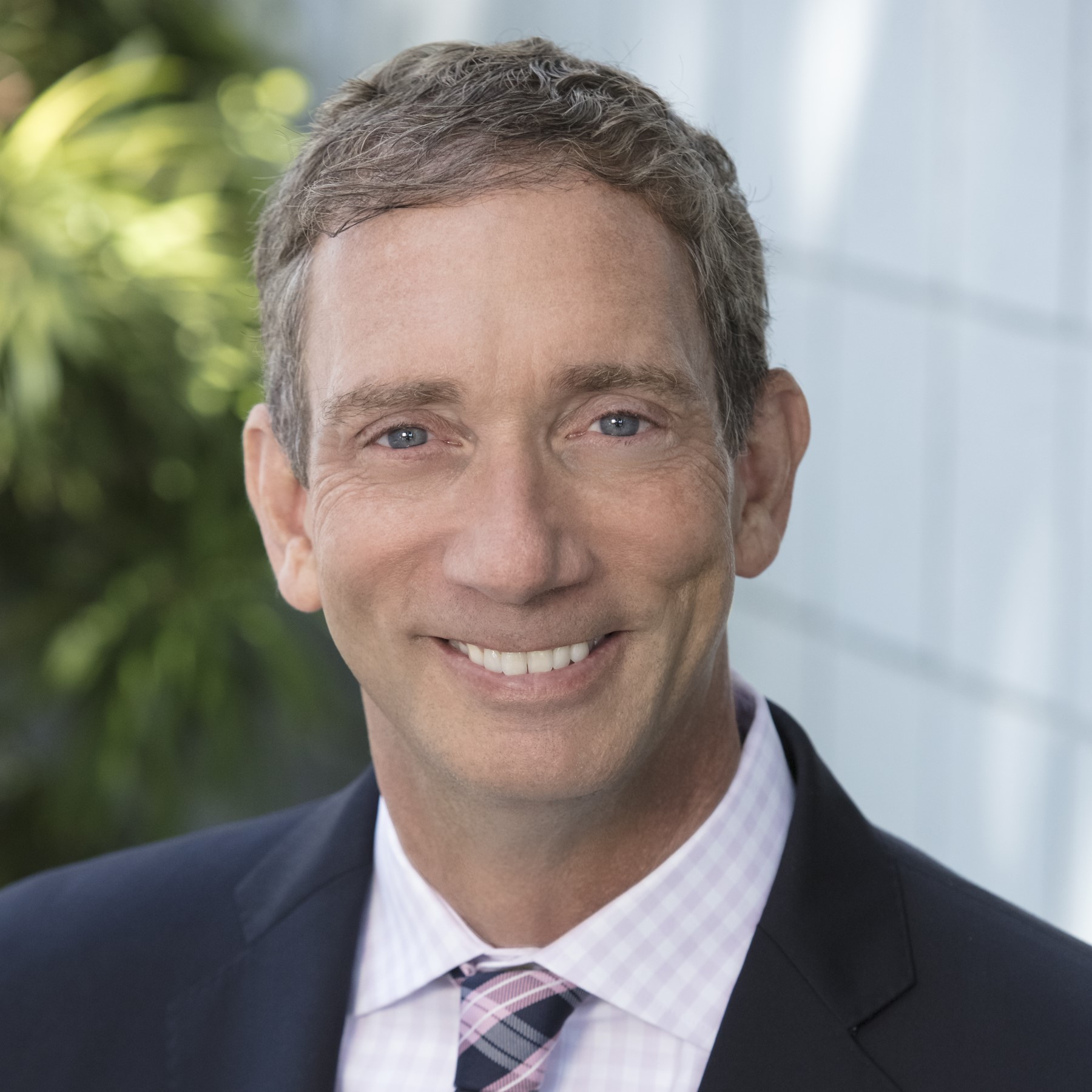
Brian King
Los Rios Community College District
Question: How do educational institutions remain effective in a remote environment – what changes, adaptatations or growth are you seeing and do expect?
It’s amazing how quickly we made the transition. About a month ago, Elk Grove Unified School District reported its first COVID-19 case. By Friday, March 13th, we had suspended all in-person classes, and March 18 was the first day of remote operations.
In less than 2 weeks, we went from recognizing that there was a very serious threat to having everything take place remotely.
An overwhelming number of classes are continuing online, but there is a challenge in getting to that point with some lab classes. In terms of adjustments that have to be made to how classes are graded, those will be determined on a class by class basis.
This experience is really highlighting the digital divide: Some of LRCCD’s most vulnerable students don’t have access to broadband or a computer. We’ve handed out hundreds of Chrome books to many of our students who need them; we’re also helping our students find low cost or free broadband services.
Some of the lessons we’ve learned will have a positive impact. The short timeframe we had to go remote was a catalyst for things to be done.
It’s hard to predict what this will look like moving forward. It will certainly increase our inventory of online courses available for students who need them. Of course, there is no substitute for in-person learning, and that will continue to be the dominant form post COVID-19. Change is always hard, but crisis makes it essential. There are a lot of good lessons we’re learning from doing things remotely, and it will ultimately lead to a better experience when we’re back to doing things face-to-face.
As discussed with Isa Avanceña, Project Associate
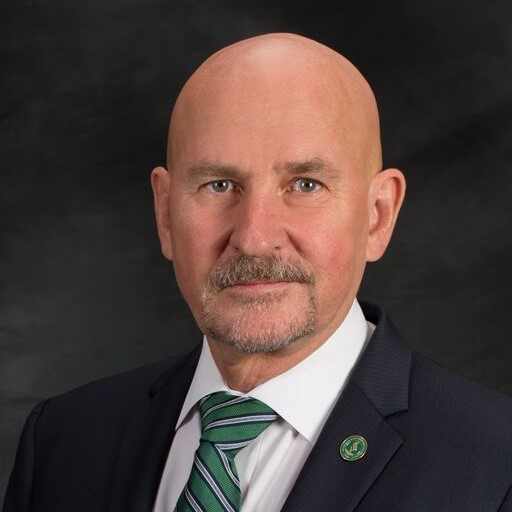
Robert Nelsen
Sacramento State University
Question: Knowing that the country is potentially moving towards a recession – what are your hopes, concerns, and/or advice for your students?
I want my students to know that we may be going into recession but we have been through recessions before and we’ve come out stronger every time. I want them to know that their education will be with them forever and no one can ever take it away from them. It will pay off in their lives. They may not see it right now because it’s tough when they are living paycheck to paycheck or they are worried where that first paycheck is going to come from. Students will have to trust their education just like they have to trust in themselves.
Sacramento State has helpful resources and services for current students and alumni that can help them professionally at the campus’ Career Center. All students are automatically a life member of the Alumni Association with no membership charge. This is a great network opportunity because the Alumni Association’s career services is designed to pair each alumna with mentors who are from their professional industry. They can help alumni connect to the right employers, help them prepare for jobs, and know what to expect in their field of interest. Alumni are encouraged to take advantage of this opportunity as much as they can. For more information to become a member of the Alumni Association to access this service, Sacramento State alumni can visit our website.
Overall, I am always worried about my students’ mental health as these are stressful times and the stress is not good. We have counseling available right now for current students who need it. They can visit a counselor in person on campus at The WELL or schedule an appointment for online counseling. The faculty is always there to support them with ongoing advising. Even though the pandemic is preventing many of us to be off campus, students still have access to services and resources. We have become a virtual university but that does not change our continued services to provide accessible resources to our students.
As discussed with Houa Vang, Project Associate
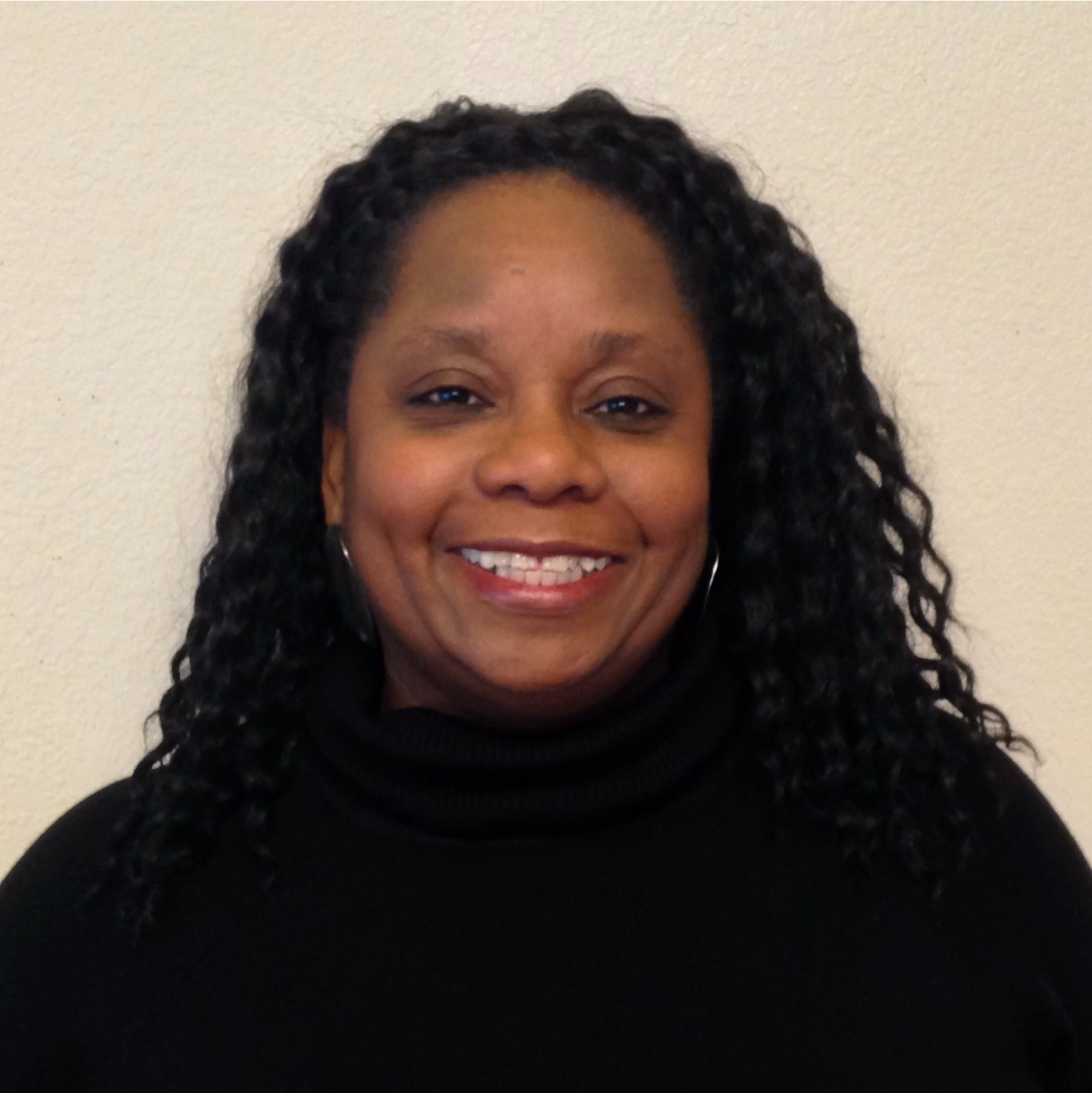
Tina Roberts
Roberts Family Development Center
Question: How are you seeing community organizations adapt to new ways of delivering services right now?
Community organizations are being incredibly inventive after dealing with the initial shock and disruption of most of their services. Roberts Family Development has shifted to primarily remote work in supporting families and children while taking on new roles needed in the current crisis including delivering meals to families. Many nonprofits are affected financially, not having large cash reserves to weather immediate changes in project funding. They are talking with their grantors, looking to revise scopes of work and applying for assistance through the Payroll Protection Program or Disaster Loan Assistance.
Community organizations are utilizing Zoom and online platforms to engage their community members. When services are provided onsite, staff have been retrained to practice social distancing and wear protective equipment which is very different from the high touch forms of engagement they are used to. Community organizations are also responding to the need to provide additional support to our teams including mental health check ins, acknowledging the drastic difference in service delivery brings challenges and frustrations. Overall nonprofits like Roberts Family Development are looking to serve the community as best we can during this public health crisis and sustain a solid structure to enable us to resume services as quickly as possible when allowable.
As discussed with Renee John, Project Leader
Learn more about Valley Vision’s 29-member Board of Directors.
Stepping In

At the beginning of this month, I moved into the role of Interim CEO for Valley Vision, as the inestimable Bill Mueller moved on. It’s an honor and a pleasure to serve in this capacity for the period of time until the next permanent CEO of the organization is identified by our Board of Directors – and it’s also been a relatively easy transition, for four important reasons.
Most significantly, because of the Valley Vision team, all of whom show up every day with focus, energy, integrity, compassion, and great teamwork, delivering on our purpose of helping our communities become the most livable in the nation.
Equally importantly, because of the support and confidence of the regional leaders on the Valley Vision Board, who represent both themselves and the organizations that they lead, and provide guidance, strategic direction, and oversight to our work.
Also, because I’m fortunate that Valley Vision is so familiar to me. I’ve worked with, or around, or for Valley Vision since 2005, beginning back in my days at the UC Davis Office of Research, to my first consulting stint here in 2009 managing Valley Vision’s Green Capital Alliance work, through my tenure as CEO at SARTA as a co-lead on the Next Economy project, and finally to my last five years as a consultant here primarily focused on our Clean Economy work.
And, of course, because Bill was just as thoughtful and thorough as you’d expect him to be, in the way that he managed his transition out after twelve years of leadership and fifteen years overall at Valley Vision. He prepared the ground well, and I’m benefiting from his advance work.
In closing, I want to share the best advice I’ve received from the Board thus far, which was “don’t act like an interim.” That seems an important commitment to make out loud: I will not act like an interim for the time that I’m here. You’ll see Valley Vision continue in all that we do – focusing on livable, inclusive, and resilient communities, engaging with our many partners across the region, and moving ahead with our entire range of work – so that my own hand-off to the new Valley Vision CEO will be as well-executed as was Bill’s hand-off to me.
Meg Arnold is Interim CEO of Valley Vision.